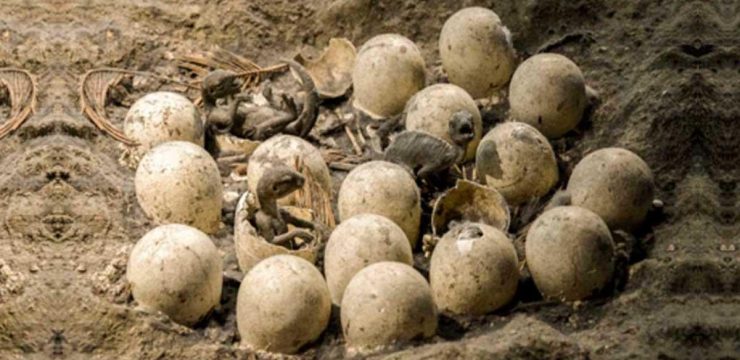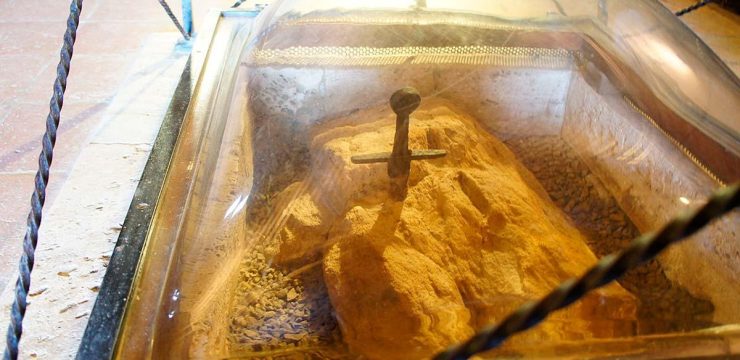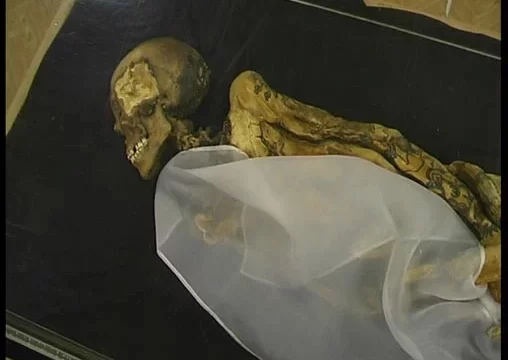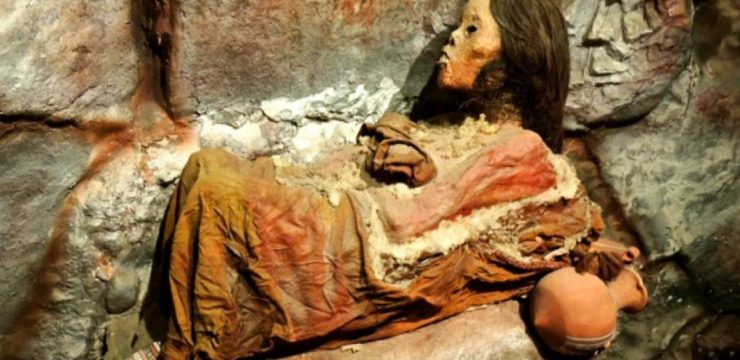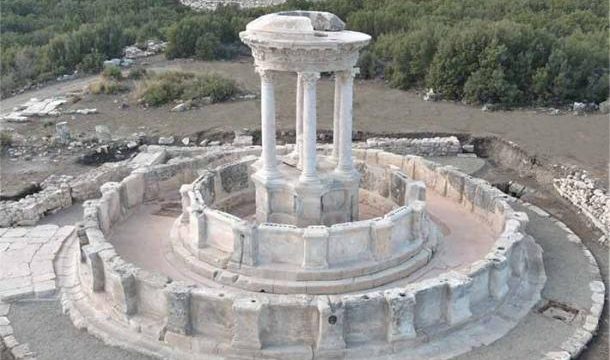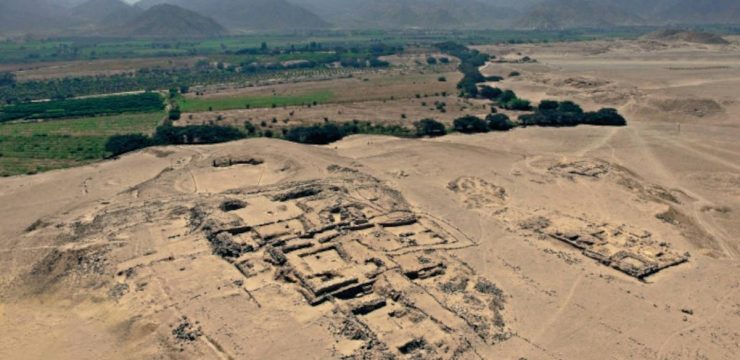In an unexpected revelation, municipal workers in Vienna uncovered a medieval mass grave during routine construction near the historic Baten Castle. This discovery has not only provided archaeologists with a fascinating glimpse into the city’s past but has also raised numerous questions about the circumstances surrounding the burial. The unearthing of 20 skeletons at the site offers compelling evidence of a potentially grim chapter in Vienna’s history, shedding light on a period marked by conflict, disease, or other tragic events that led to the unusual interment of these individuals.
The excavation process unfolded over several days, with initial findings revealing the presence of multiple skeletons buried in an unusual manner. The first signs of the burial site emerged on a Friday when construction workers stumbled upon nine human skeletons. Recognizing the significance of the find, authorities halted construction, and a team of archaeologists arrived to further investigate. By the following Monday, the excavation team had unearthed an additional 11 skeletons, bringing the total count to 20. The discovery of such a large number of remains in a confined area immediately raised questions about the nature of the burial and what events may have led to this mass grave.
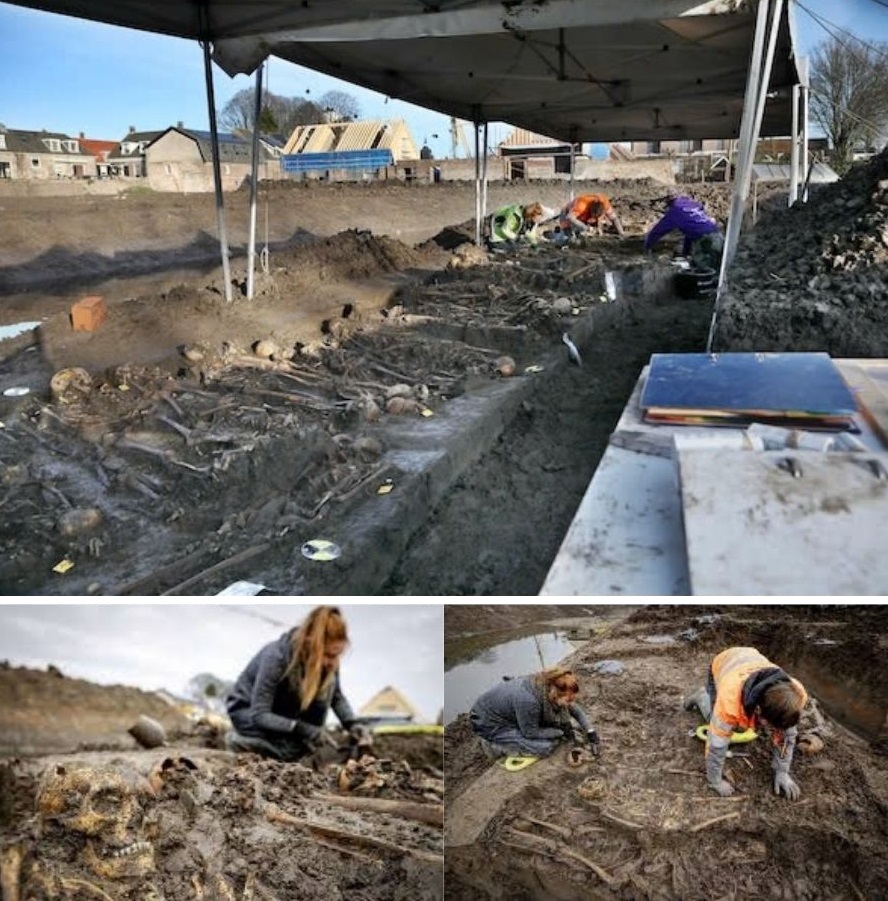
Michaela Ages, an expert archaeologist on the scene, provided crucial insights into the initial findings. The majority of the remains appeared to belong to young males, estimated to be between 15 and 30 years old. This demographic profile is particularly noteworthy, as it suggests that those buried may have been victims of war, execution, or an epidemic. The dating of the remains places them somewhere between the late Middle Ages and the 18th century, a period that saw significant turmoil across Europe, including military conflicts, disease outbreaks, and widespread social unrest.
Further examination of the grave site revealed several intriguing clues that could help piece together the story behind these burials. Among the artifacts discovered, rusty nails stood out as a significant find. The presence of these nails suggests that the bodies were initially buried within wooden coffins, which have long since decayed, leaving only the skeletal remains and metal remnants behind. However, the most striking aspect of the burial was the manner in which the skeletons were arranged. Rather than being laid out individually, the remains were stacked together, an unusual practice that hints at a hasty or mass burial. This method of burial raises the possibility that the individuals were victims of a single catastrophic event rather than being buried over an extended period.
Adding to the mystery, archaeologists found no personal artifacts such as buttons, jewelry, or other items typically associated with burials from this period. The absence of such objects suggests that these individuals may have been buried without ceremony, possibly indicating that they were not afforded the usual rites associated with death. This lack of burial artifacts has led some experts, including archaeologist Christa Hendriksen, to speculate that the site could be evidence of a mass homicide. The hurried nature of the burial, combined with the absence of grave goods, could indicate that these individuals were executed or perished under tragic circumstances that necessitated a swift, unmarked burial.
The grave’s location near Baten Castle adds yet another layer of intrigue to this already compelling discovery. Baten Castle, built in the 14th century, played a significant role in the region’s history and endured numerous hardships over the centuries. The castle saw a series of tumultuous events, any of which could potentially be linked to the mass grave found nearby. In 1567, the fortress was overtaken by the Spanish Army, an event that could have led to the execution or burial of captured soldiers. Later, in the late 17th century, a devastating fire—reportedly caused by fireworks—severely damaged the castle, leading to further turmoil in the surrounding area. By 1771, the main tower was demolished, and between 1828 and 1829, the remaining sections of the castle were destroyed. Today, little remains of the once-imposing stronghold, with only fragments of the decorative Hof or Bosch Gate and a few connected wall sections still standing.
Given the castle’s tumultuous history, it is possible that the skeletons belonged to individuals who were involved in conflicts associated with the fortress. They could have been soldiers, prisoners of war, or even victims of local uprisings. Alternatively, the burial site may have been used during a period of widespread disease, such as the numerous plague outbreaks that ravaged Europe between the Middle Ages and the 18th century. In such cases, mass graves were often a necessity to prevent the further spread of contagion.
The next steps for archaeologists involve a thorough analysis of the skeletal remains. By conducting detailed examinations, including forensic testing and isotopic analysis, researchers hope to determine more about the individuals’ origins, health conditions, and causes of death. DNA testing could also provide insights into whether the individuals were related, offering further clues about their identities. Additionally, historical records may help identify significant events that coincide with the estimated time of burial, potentially revealing the circumstances that led to this mass interment.
As investigations continue, this discovery presents an invaluable opportunity to gain deeper insights into Vienna’s history. Each skeleton unearthed tells a silent story of the past—stories of conflict, hardship, or disease that shaped the city and its people. While many questions remain unanswered, the excavation of this mass grave serves as a stark reminder of the human cost of historical events and the resilience of those who lived through them.
Ultimately, what began as a routine construction project has transformed into a significant archaeological investigation, offering a rare glimpse into Vienna’s past. As researchers piece together the evidence, the unearthed skeletons may hold the key to unlocking a long-forgotten tragedy—one that has remained hidden beneath the city’s streets for centuries. The findings from this excavation could contribute to a broader understanding of the social and historical context of the period, shedding light on the struggles, conflicts, and realities faced by those who lived during these turbulent times.
With ongoing research, archaeologists hope to provide definitive answers regarding the identities of these individuals and the circumstances surrounding their deaths. Whether they were victims of war, disease, or some other catastrophic event, their story is one that deserves to be told. This discovery underscores the importance of archaeology in uncovering hidden histories and preserving the legacy of those who came before us. As the investigation unfolds, the past continues to reveal its secrets, reminding us that history is never truly buried—it simply waits to be rediscovered.
